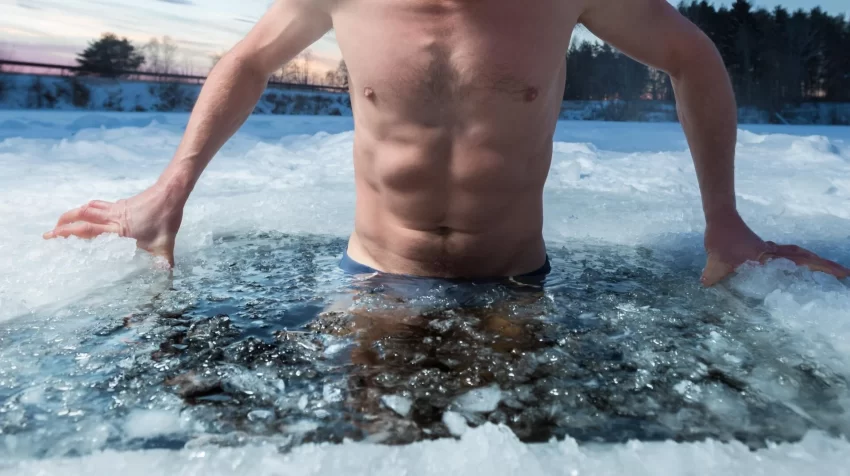Controlled cold exposure has become a popular strategy to boost metabolism, promote fat loss, and enhance muscle recovery. This technique takes advantage of the body's natural mechanisms to generate heat and adapt to low temperatures, which is beneficial for both physical performance and overall health.
Physiological mechanisms
When the body is faced with low temperatures, two main processes are activated to maintain a stable temperature:
- Involuntary contractions (Tremors):
Exposure to cold causes muscle shivering, which generates heat by converting energy into heat through small muscle contractions. This mechanism helps raise internal temperature and protects against hypothermia. - Activation of brown adipose tissue:
The body has two types of fat: white adipose tissue, which stores energy, and brown adipose tissue, which is specialized in producing heat. Under the influence of cold, brown tissue is activated to generate heat, and some of the white fat can be transformed into a more “active” variant (often called beige fat) that burns calories more efficiently.
Health and Performance Benefits
The practice of exposure to cold, applied in a controlled manner, offers a variety of positive effects:
- Increase in energy expenditure and fat loss:
By stimulating brown adipose tissue and promoting the transformation of white tissue, calorie burning is increased. In addition, cold encourages the use of glucose in the muscles, preventing its conversion into fat. - Improved muscle recovery:
Reduction of inflammation and pain relief are direct consequences of applying cold. These effects facilitate tissue repair and help speed up recovery after intense exertion or injury. - Strengthening the immune system:
Exposure to cold can stimulate the production of immune cells, improving the body's ability to fight infections and other pathogens. - Optimizing Cellular Health and Longevity:
The autophagy process, activated by exposure to cold, promotes cell renewal and repair, which is related to improvements in sleep, metabolic function and, potentially, in the extension of life expectancy. - Other positive effects:
These include regulation of blood pressure and improved quality of rest, which are essential aspects for maintaining general well-being.
Application Methods
Safe implementation of cold therapy can be achieved through several strategies, adaptable to different tolerance levels:
- Cold showers:
Gradually reducing the temperature at the end of your daily shower, keeping the water cold for 5 to 10 minutes, stimulates your metabolism without subjecting your body to an abrupt change. - Exposure to cold outdoors:
Spending a few minutes outdoors on cold days, without overdressing, allows the body to naturally get used to low temperatures. - Refrigerated environments:
Adjusting the temperature in indoor spaces using air conditioning can serve as an alternative to stimulate calorie burning. - Ice water diving:
Ice baths or cold water immersion are options for those seeking a more intense experience. It is important to start with short exposures and gradually increase the time, always taking care not to expose the skin to dangerous temperatures.
Precautions
Safety is essential when practicing cold exposure techniques. Some key recommendations are:
- Avoid prolonged exposure:
Staying in extremely cold environments for too long can cause changes in blood pressure and affect the nervous system. - Gradual adaptation:
Starting with short sessions and increasing the duration as body tolerance increases allows you to minimize risks and maximize benefits. - Pay attention to your body's signals:
If dizziness, numbness or changes in skin color occur, it is essential to discontinue exposure and, if necessary, consult a health professional.
Conclusion
Cold therapy represents an effective strategy to stimulate calorie burning, improve athletic performance and promote muscle recovery. By activating mechanisms such as muscle tremors and activation of brown adipose tissue, the body increases its energy expenditure and optimizes key functions that contribute to general well-being. Integrating this practice progressively, combined with a balanced diet and regular exercise, can result in significant benefits for physical and mental health.
